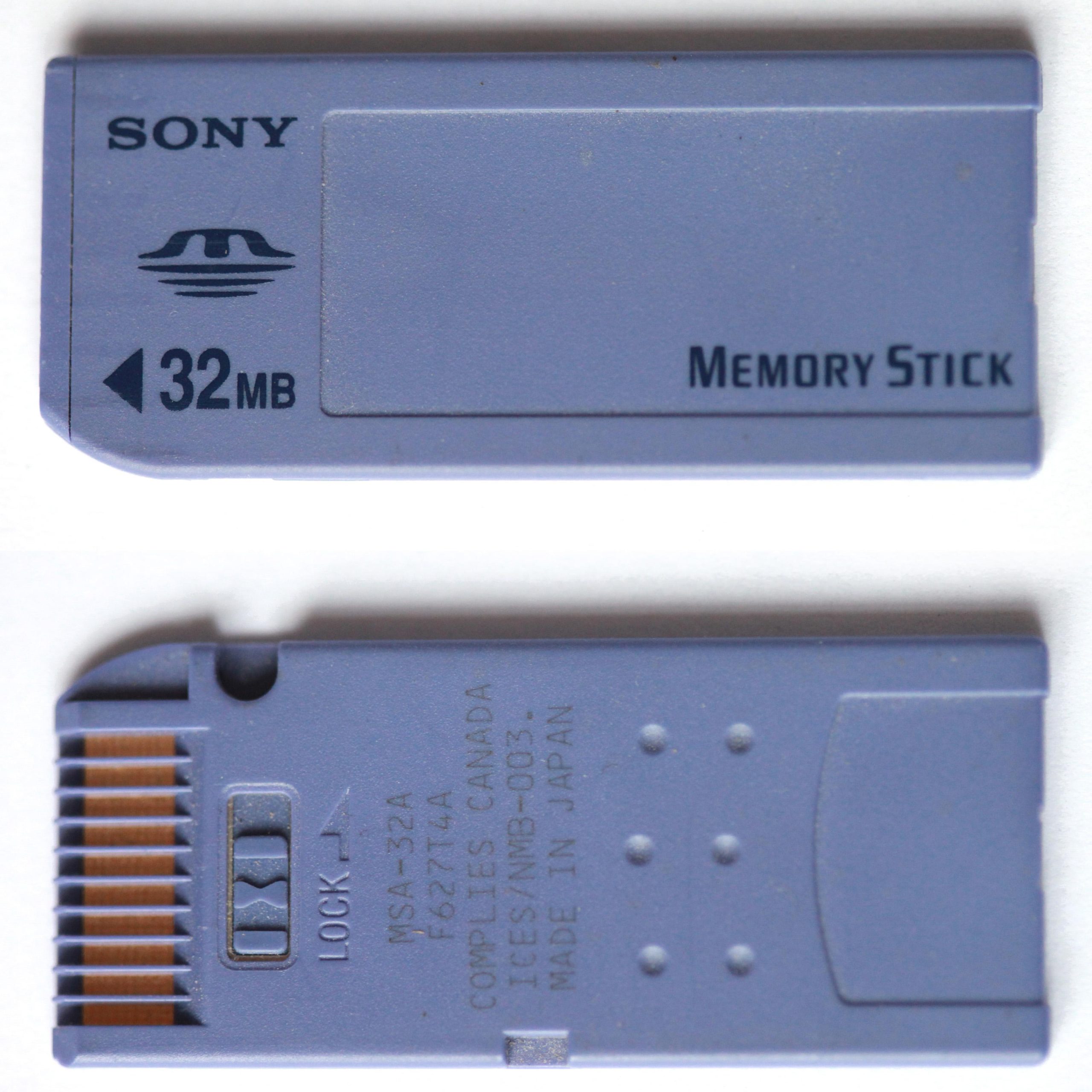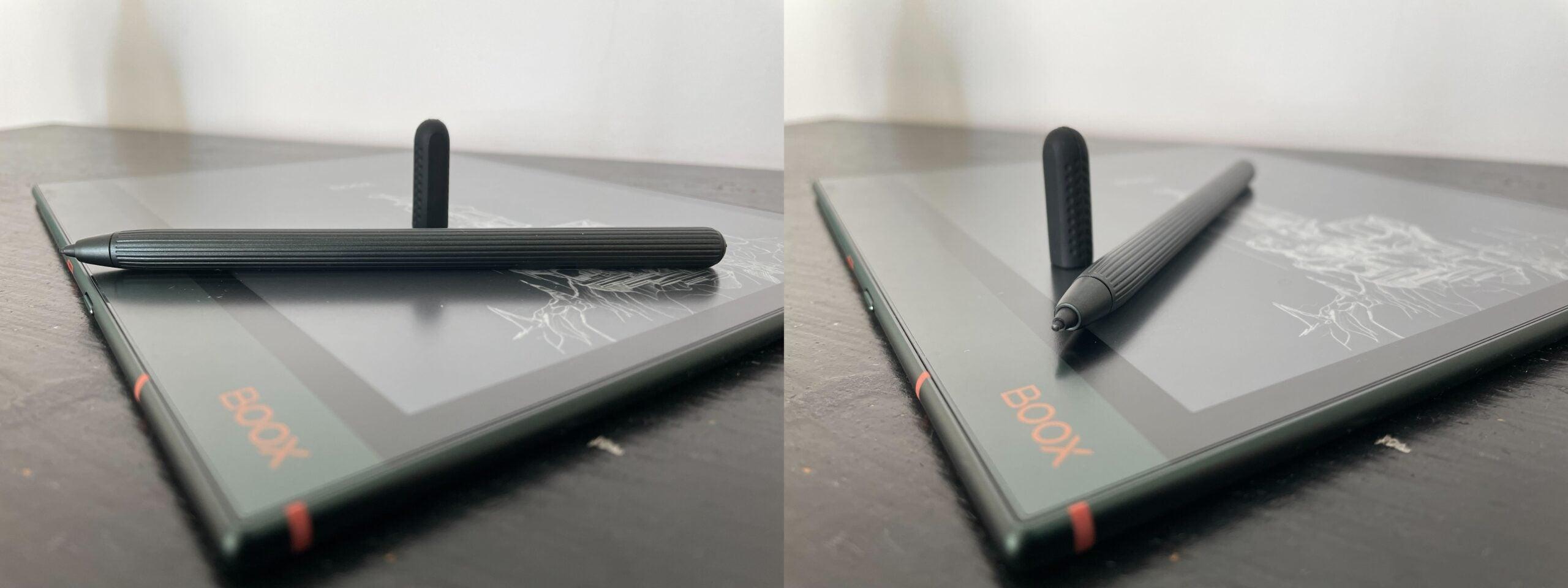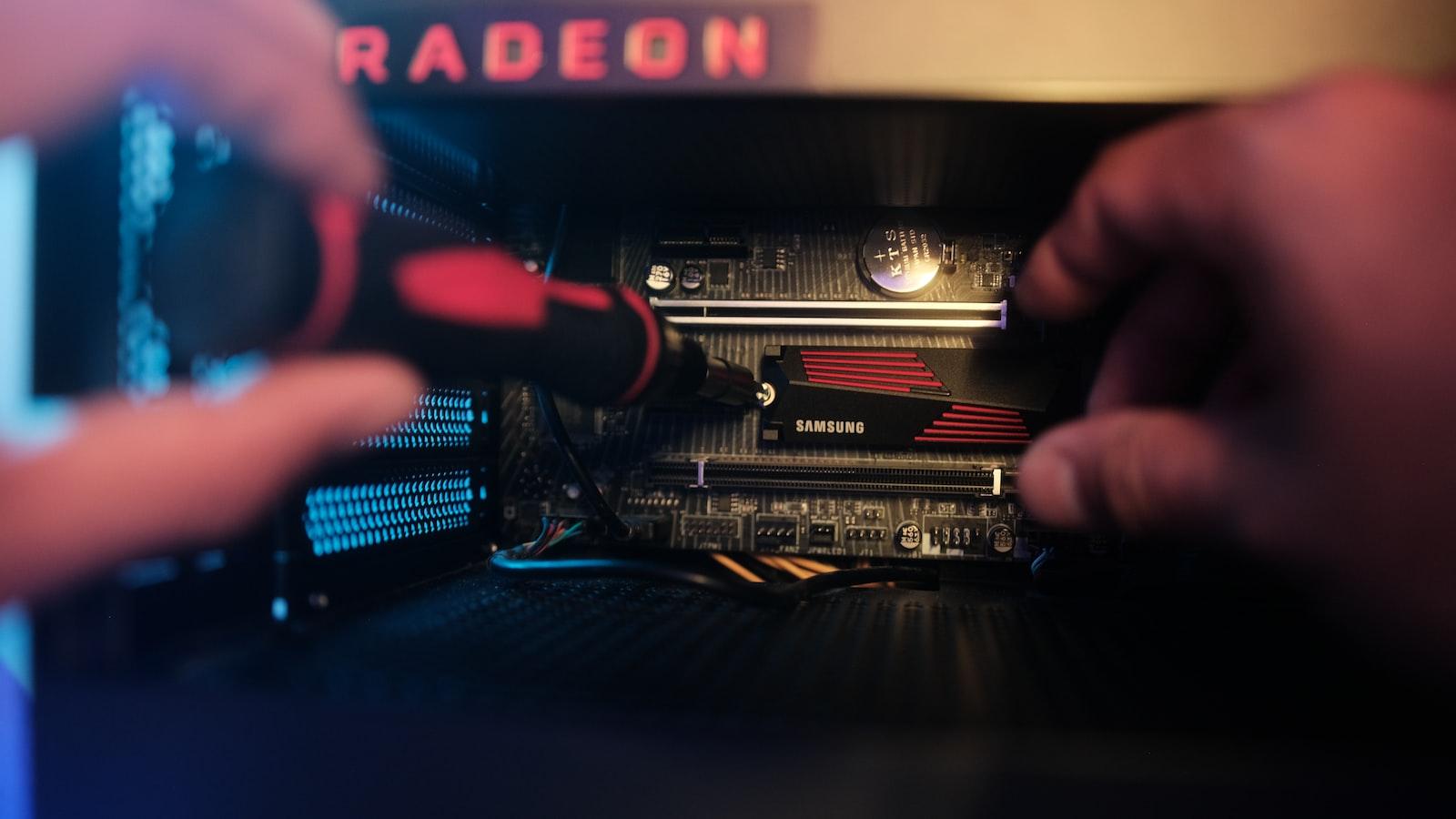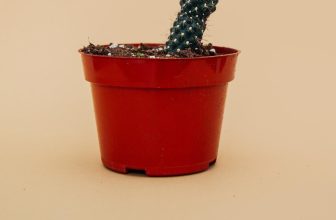
The world of digital storage has evolved immensely over the years, yet one reliable and convenient data transfer solution that has stood the test of time is the memory stick. Whether you’re a tech-savvy individual or a novice in the digital realm, mastering the art of using a memory stick is essential for maximizing your data storage capacity. In this article, we will take you through a comprehensive guide on how to effectively utilize a memory stick, allowing you to effortlessly store, transfer, and access your valuable files. So, whether you’re a student, professional, or simply someone looking to upgrade their digital storage game, read on to unlock the potential of this compact and portable storage device.
Choosing the Right Memory Stick for Your Needs
When it comes to , there are a few important factors to consider. Whether you’re using it for storing files, transferring data, or simply as an extra backup, selecting the appropriate memory stick can make a world of difference in terms of performance and compatibility.
Storage Capacity: One of the first things to consider when choosing a memory stick is the storage capacity you require. Memory sticks come in a range of sizes, from a few gigabytes to several terabytes. Assess your needs and determine how much storage space you’ll need for your files and data.
Transfer Speed: If you frequently transfer large files or want to minimize the time it takes to move data from one device to another, you’ll want to pay attention to the transfer speed of the memory stick. Look for USB 3.0 or higher for faster data transfer rates.
Compatibility: It’s essential to ensure that the memory stick you choose is compatible with your devices. Check the specifications of your computer, camera, phone, or other electronic devices to ensure they support the memory stick you’re considering. Some memory sticks may work better with certain operating systems, so be sure to do your research.
Reliability: When it comes to storing important files, reliability is key. Look for memory sticks from reputable brands that have a proven track record of quality and durability. Consider reading customer reviews to get an idea of others’ experiences with the memory stick you’re considering.
Price: Lastly, consider your budget when choosing a memory stick. While it’s important to invest in a reliable and high-quality product, it’s also important to find a balance with your budget. Compare prices, read reviews, and evaluate the overall value of the memory stick before making a final decision.

Understanding Storage Capacities and Speeds
When it comes to using a memory stick, it’s essential to have a clear understanding of storage capacities and speeds. These two factors play a crucial role in determining the performance and capability of your memory stick. In this article, we will delve into the details of storage capacities and speeds, empowering you to make informed decisions when using a memory stick.
Storage Capacities
Storage capacity refers to the amount of data that can be stored on a memory stick. It is typically measured in bytes, with prefixes such as kilo (KB), mega (MB), giga (GB), and tera (TB) used to represent different levels of capacity. The larger the storage capacity, the more data your memory stick can hold. For instance, a memory stick with 16GB capacity can store approximately 4,000 songs or 6,000 photos. Therefore, it’s important to choose a capacity that suits your storage needs.
When selecting a memory stick, keep in mind that the available storage capacity will be slightly less than what is advertised. This is because a portion of the storage space is reserved for the file system and formatting. Additionally, the type of files you intend to store also affects the actual capacity. For example, video and audio files take up more space compared to text documents or spreadsheets.
Speeds and Transfer Rates
Another crucial aspect of memory sticks is their speed or transfer rates. Speed refers to how quickly data can be read from or written to the memory stick. It is commonly measured in megabytes per second (MB/s). Faster speeds result in quicker file transfers and loading times, which can be especially beneficial when dealing with large files.
Memory sticks usually have two types of speeds: read speed and write speed. The read speed determines how quickly data can be retrieved from the memory stick, while the write speed determines how quickly data can be saved onto it. It’s important to consider both read and write speeds to ensure smooth and efficient data transfer.
Choosing the Right Memory Stick
Now that you have a better understanding of storage capacities and speeds, you can make an informed decision when choosing a memory stick. Consider factors such as the type of data you will be storing, the size of the files, and your budget. If you regularly work with large media files or need fast data transfer speeds, opting for a memory stick with higher capacities and faster speeds would be a wise choice.
Remember to also consider compatibility with your device. Different memory sticks use different connection types, such as USB 2.0, USB 3.0, or USB-C. Ensure that the memory stick you choose is compatible with your device’s USB ports for seamless connection. By considering all these factors, you can select a memory stick that perfectly suits your needs and provides optimal performance.

Formatting Your Memory Stick for Optimal Performance
To maximize the performance of your memory stick, it is crucial to format it correctly. By formatting your memory stick, you can ensure that it is compatible with different devices and that data transfer speeds are optimized. In this post, we will provide a step-by-step guide on how to format your memory stick for optimal performance.
-
Backup your data:
Before proceeding with the formatting process, it is essential to back up all the data stored on your memory stick. Formatting will erase all the content, so it is necessary to save any important files on another storage device or on your computer. -
Connect your memory stick:
Connect your memory stick to your computer using a USB port. Make sure that it is properly inserted, and the computer recognizes it before proceeding to the next step. -
Open File Explorer:
In Microsoft Windows, locate the File Explorer icon on your taskbar and click on it to open a new window. Once File Explorer is launched, you should see your memory stick listed under “This PC” or “Devices and Drives.” -
Select the memory stick:
Locate your memory stick in the list of devices and drives and right-click on it. A drop-down menu will appear, and you should select “Format” from the options provided. -
Choose the formatting options:
Once you click on “Format,” a new window will open, allowing you to customize the formatting options. Select the file system you prefer, such as FAT32 or exFAT, and set the allocation unit size to the recommended value. You can also choose to give your memory stick a new name or leave it as it is.
It is worth mentioning that some memory sticks come with pre-installed formatting software that provides additional features and utilities. If your memory stick includes such software, you may want to utilize it to enhance its functionality further.
By following these steps, you can easily format your memory stick for optimal performance. Remember to regularly format your memory stick whenever you notice a decrease in its transfer speeds or encounter compatibility issues with different devices. Properly formatting your memory stick will ensure that it continues to perform at its best and keeps your data safe.
Transferring and Backing Up Files on Your Memory Stick
When it comes to using a memory stick, there are many tasks you can perform, ranging from transferring files to backing up important data. In this post, we will explore how you can effectively transfer and back up your files on a memory stick.
Transferring Files
If you have files on your computer that you want to transfer to a memory stick, the process is quite straightforward. Simply follow these steps:
- Insert the memory stick into an available USB port on your computer.
- Navigate to the location of the files you want to transfer.
- Select the files you want to transfer by either dragging and dropping them onto the memory stick icon or using the copy and paste method.
- Wait for the transfer process to complete. Once finished, safely remove the memory stick from your computer by right-clicking on the memory stick icon and selecting “Eject” or “Safely Remove”.
Backing Up Files
Backing up your important files on a memory stick is a great way to ensure that your data is safe and easily accessible. To back up your files, follow these simple steps:
- Insert the memory stick into an available USB port on your computer.
- Create a folder on the memory stick where you want to store your backed-up files.
- Navigate to the location of the files you want to back up.
- Select the files you want to back up by either dragging and dropping them into the newly created folder on the memory stick or using the copy and paste method.
- Wait for the backup process to complete. Once finished, safely remove the memory stick from your computer.
Managing Files on Your Memory Stick
Organizing and managing files on your memory stick is essential to maintain a clutter-free storage device. Here are some tips to help you effectively manage your files:
- Create folders to categorize different types of files. For example, you can have separate folders for documents, photos, and videos.
- Give your files descriptive names to easily identify their contents.
- Delete any unnecessary files or folders to free up space on your memory stick.
- Regularly check for and remove any duplicate files to avoid redundancy.
Protecting Your Memory Stick
To ensure the longevity and safety of your memory stick and the files stored on it, consider implementing these security measures:
- Keep your memory stick in a protective case or cover when not in use to prevent physical damage.
- Create a backup of your memory stick data on your computer or in the cloud for added security.
- Regularly scan your memory stick for any malware or viruses to prevent potential threats.
- Avoid exposing your memory stick to extreme temperatures or moisture.

Safely Ejecting Your Memory Stick to Prevent Data Loss
Once you have mastered the art of using a memory stick and storing your precious data on it, it is crucial to learn how to safely eject the device. This simple step can help you avoid potential data loss and prevent any damage to your memory stick. Here are a few tips to ensure that you safely eject your memory stick every time:
-
Close all open files and applications: Before you eject your memory stick, make sure that you have closed all files and applications that you were accessing from it. This will ensure that all data transfers are complete and that no files are corrupted during the ejection process.
-
Locate the ”Safely Remove Hardware” icon: On your computer’s taskbar, look for the “Safely Remove Hardware” icon. It may be hidden in the system tray, so you might need to click on the expand arrow to find it. Once you have located it, click on the icon to open the menu.
-
Select the appropriate device to eject: In the “Safely Remove Hardware” menu, you will see a list of removable devices connected to your computer. Locate your memory stick in the list and click on it to select it. Make sure you have chosen the correct device to avoid accidentally ejecting the wrong one.
-
Wait for the confirmation message: After selecting your memory stick for ejection, you will see a confirmation message notifying you that it is safe to remove the device. Do not remove the memory stick before receiving this confirmation. It may take a few seconds for the message to appear, but be patient and wait for it.
-
Physically remove the memory stick: Once you have received the confirmation message, you can safely remove the memory stick from your computer. Gently pull it out of the USB port, being careful not to apply excessive force. If the memory stick doesn’t come out easily, double-check that you have followed all the previous steps correctly.
By following these simple steps, you can ensure that your memory stick is safely ejected from your computer every time. Remember, abruptly removing the device without following the proper procedure can lead to data loss and potentially damage the memory stick itself. So, exercise caution and always prioritize the safety of your data.
Q&A
Q: What is a memory stick?
A: A memory stick, also known as a flash drive or a USB stick, is a portable storage device that is primarily used for saving and transferring digital files such as documents, photos, videos, and more.
Q: How does a memory stick work?
A: A memory stick uses solid-state flash memory to store and retrieve data. It connects to a computer or other compatible devices through a USB port, allowing you to easily transfer, share, and back up your files.
Q: How do I insert a memory stick into my computer?
A: Simply locate an available USB port on your computer and gently insert the memory stick. In most cases, the USB port will accommodate the memory stick without requiring excessive force. However, make sure to align the USB connector properly to avoid any potential damage.
Q: How do I save files to a memory stick?
A: After inserting your memory stick into a USB port, your computer will recognize it as an external device. You can then open the file explorer or file manager on your computer, locate the files you wish to save, and then drag and drop them onto the memory stick’s folder. Alternatively, you can right-click on the desired files, select ”Copy,” navigate to the memory stick’s folder, and choose “Paste” to save the files.
Q: Can I delete files from a memory stick?
A: Yes, you can delete files from a memory stick. To do so, connect the memory stick to your computer, open the file explorer or file manager, navigate to the memory stick’s folder, select the files you wish to delete, and either press the “Delete” key or right-click and choose “Delete.” It is important to note that once files are deleted from a memory stick, they are typically not recoverable unless you have previously made a backup.
Q: How can I safely remove a memory stick from my computer?
A: To safely remove a memory stick from your computer, you should first ensure that any file transfer or operation involving the memory stick has completed. Then, locate the “Safely Remove Hardware” icon in the system tray on Windows or the “Eject” button on macOS. Click on the icon or button and select the memory stick from the list of removable devices. Once the system notifies you that it is safe to remove the memory stick, you can gently pull it out of the USB port.
Q: Can a memory stick be used with different devices?
A: Yes, memory sticks are designed to be versatile and compatible with various devices. They can be used with computers, laptops, tablets, gaming consoles, smart TVs, and even some car audio systems or multimedia players that have USB ports. However, it is important to ensure that the device you are using supports the file system and format of the memory stick to avoid compatibility issues.
Q: How much storage capacity can a memory stick have?
A: Memory sticks are available with various storage capacities, ranging from a few gigabytes (GB) to multiple terabytes (TB). The storage capacity you choose will depend on your individual needs and preferences. Additionally, consider the type of files you plan to store, as larger files such as videos and high-resolution photos may require more storage space.
Q: How do I protect the files on my memory stick?
A: To protect the files on your memory stick, you can use encryption or password protection. Encryption software allows you to secure your files by converting them into a format that can only be accessed with a specific password or decryption key. Several encryption software options are available online, which you can install and configure to encrypt your memory stick’s data. Additionally, some memory sticks come with built-in encryption and password protection features, allowing you to safeguard your files without relying on additional software.
Q: Can I use a memory stick to backup my important files?
A: Absolutely! Memory sticks are an excellent choice for backing up important files. By regularly copying your files onto a memory stick, you can create a secondary copy that can be easily transported and stored separately from your computer. This is especially useful in case of computer failures, accidental deletions, or other data loss situations. In conclusion, mastering the usage of a memory stick can greatly enhance your data storage and transfer experiences. By following these step-by-step instructions, you can seamlessly insert, format, and manage your files on a memory stick, ensuring the security and accessibility of your data on the go. Remember to safely eject the memory stick before disconnecting it from your computer to prevent any potential data loss or damage. With a basic understanding of memory stick functionality and a few simple precautions, this versatile portable storage device can become an invaluable tool in your digital lifestyle. So, go ahead and utilize the memory stick’s potential to effortlessly store, organize, share, and transport your files with convenience and peace of mind.






